K-design in Seoul
Beyond K-pop, K-fashion and K-beauty, Seoul is a destination to experience amazing and high-quality design and architecture
THIS YEAR, SEOUL WAS CHOSEN as Wallpaper* Design Awards’ Best City, attesting to the city’s progressive mix of culture, art and style driven by a new wave of savvy creatives. At the same time, the embrace of vernacular traditions gives the city a sense of authenticity. The government’s strong support in this field that started in the noughties played a big part. In 2010, Seoul was recognised as a Unesco City of Design and received the inaugural World Design Capital accolade.
Not surprisingly, more and more international architecture and design firms are flocking to Seoul to help shape its urban landscape. For example, Swiss firm Herzog and de Meuron completed its first Seoul building – The Songeun art space – while in 2027, the uninhabited Nodeul Island at the Han River will be transformed into a public park by celebrated British designer Thomas Heatherwick.
“Seoul is probably one of the most watched cities in the world right now,” says Changmin Ku of Seoul-based Salad Bowl Studio. “With Korea’s unique identity intermingling with K-pop and global culture, the city is bursting with energy. Seoul is also experiencing a transformative period where various experiments and a distinctive design scene are emerging.”
Dongil Lee, the founder of Studio Unravel, agrees. “Seoul provides an excellent environment for designers to work in because design requirements and reactions of the market have not stagnated and are (open-minded).”
No doubt, South Korea’s strong design scene has worked into wider options for tourists. Park Hyeon-Gu, CEO of Nostalgia Hanok Hotels that offer design-savvy stays in restored traditional Korean houses, observes that tourists now come from all over the world, beyond the usual regions of South-east Asia, Japan and China. Popular places in the city have also expanded to areas such as Seongsu-dong, Bukchon and local markets in lesser-known districts, aside from well-known Insadong, Myeongdong and Gangnam.
With more to explore, and for some, flying in from much further afar, tourists are now staying longer. “Previously, tourists would spend a day or two taking photographs at palaces and shopping in markets before moving to Japan or China. More now spend over a week in Korea, seeking to experience and immerse themselves in authentic Korean culture,” states Park.
Here, we suggest 12 spots in the city to satiate your design curiosity.
STAY
Nostalgia Hanok Hotel
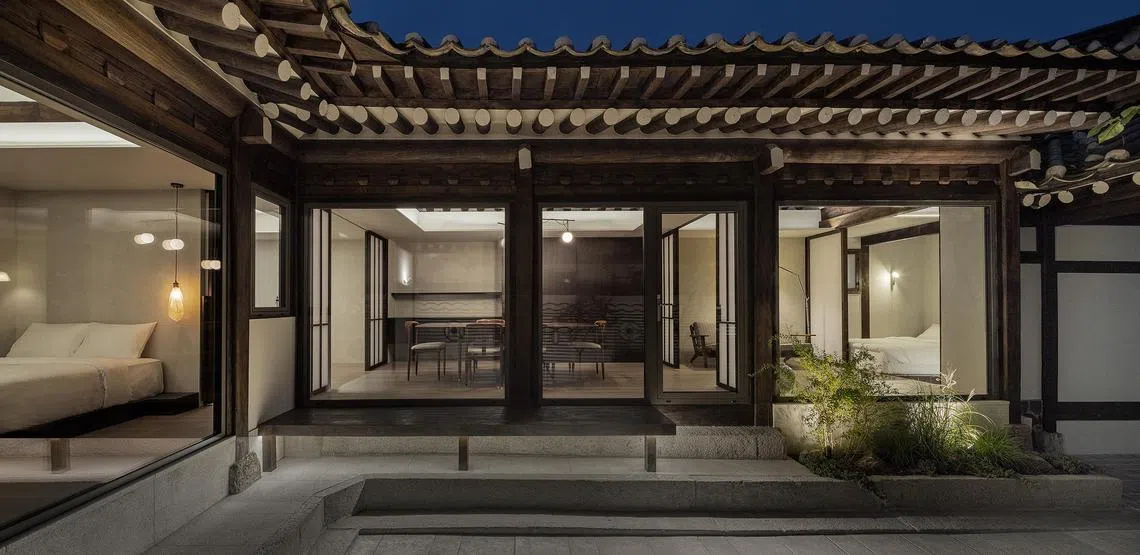
Nostalgia Hanok Hotel aims to be the hanok specialist in the luxury hospitality market. Its historic Korean vernacular homes are preserved and matched with contemporary interiors by Seoul’s most progressive young architects. There are now six hanok in the portfolio, with two more opening by year-end and another two in 2025. Have breakfast at the Bukchon One Cafe, housed in another restored hanok. For dinner, head to nearby restaurants or order a platter set that will be delivered to one’s hanok together with a bottle of the brand’s custom Bukchon Makgeolli.
Owall Hotel
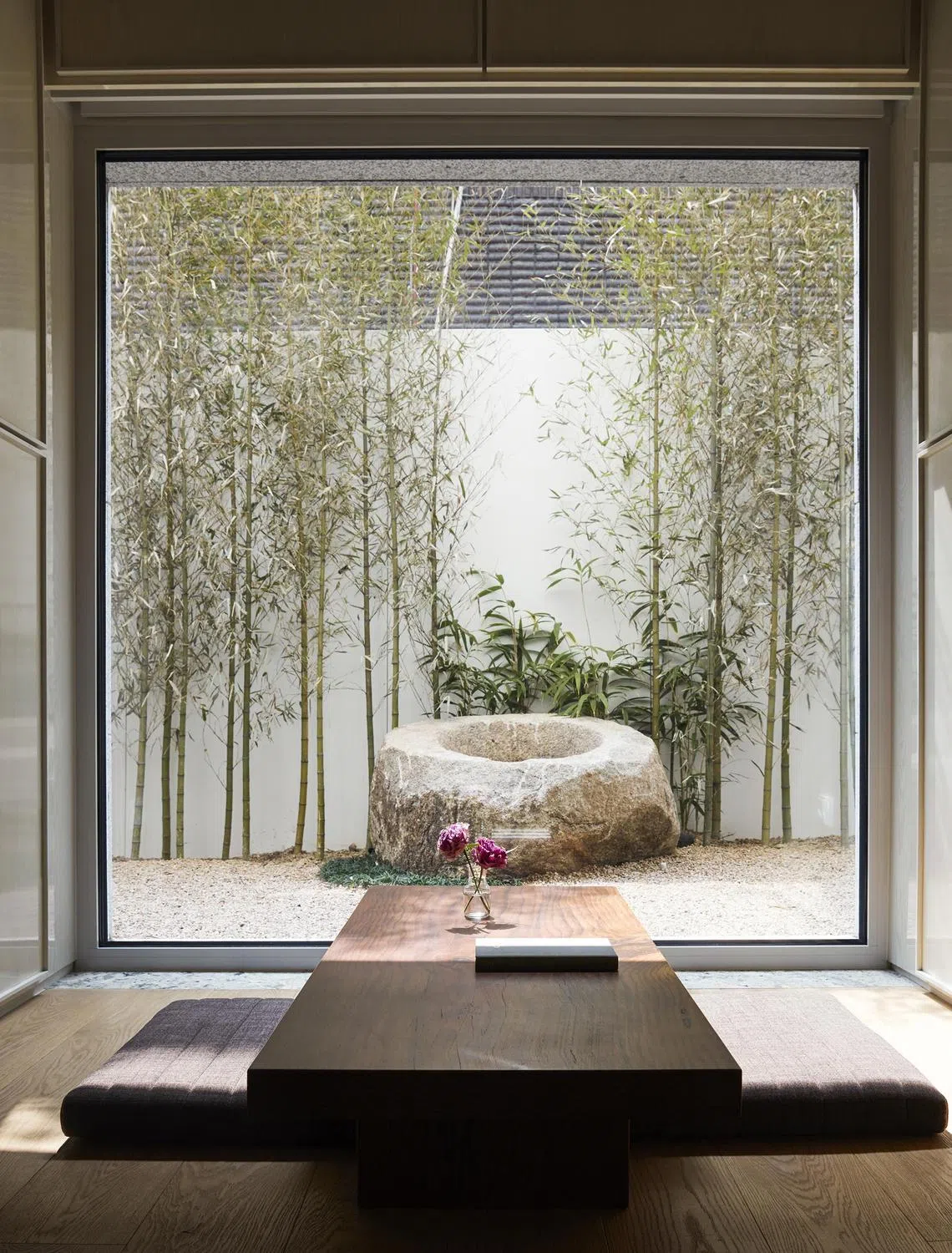
Located in Gangnam, Owall Hotel was designed by acclaimed designer and artist Paik-Sun Kim. It was his last project, finished just before he passed away in 2017. Kim designed every detail in the hotel, down to the faucets. An art gallery on the ground floor showcases his work as well as those of other rising Korean creatives. Each guestroom features a design. For example, large windows in Garden House frame a private garden while Aqua Wood is warm and cosy with timber walls.
SEE ALSO
Stayfolio
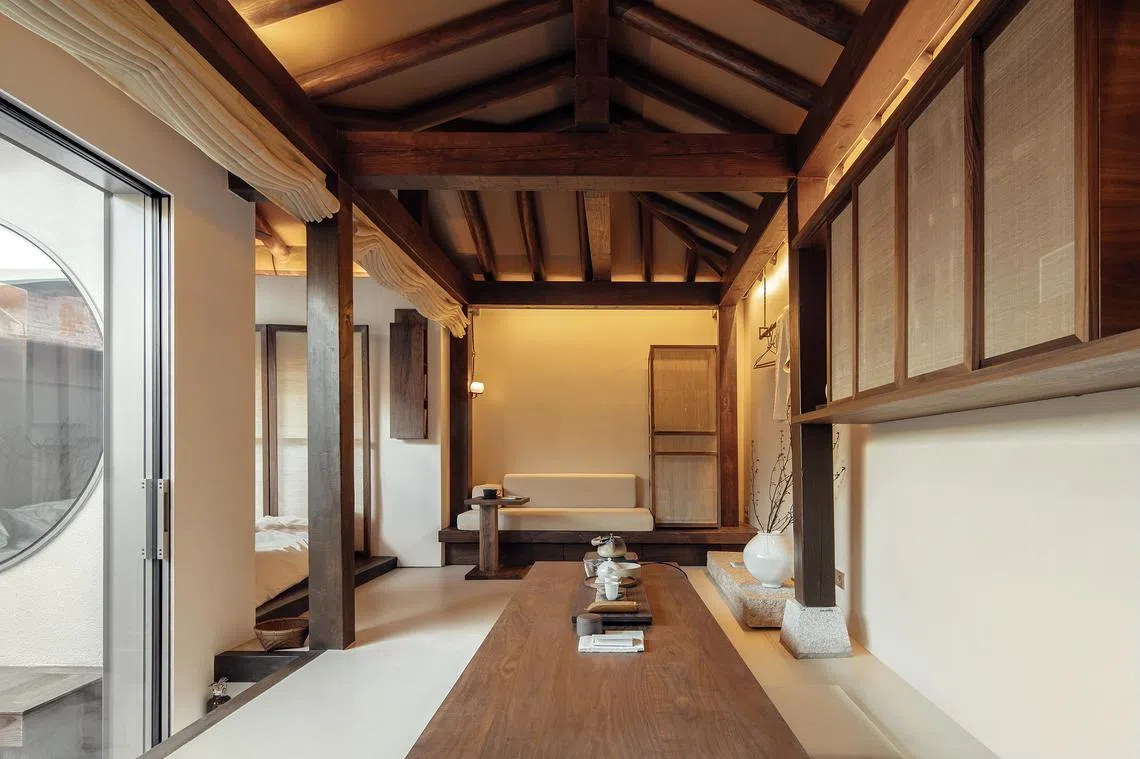
Founded in South Korea, Stayfolio is an online platform that curates meaningful and design-focused hotel stays. It currently has 490 stays in Korea and 200 overseas, with the latter including cities such as Kyoto and Singapore. Stayfolio offers a chance for guests to stay at charming, high-end properties without having to pay the price of top-end luxury hotels. In Seoul, hanok stays such as Nuwa open up cultural doors for guests. Guests can contribute to the online journal to share experiences with future users.
EAT AND DRINK
Les Mains Dorees
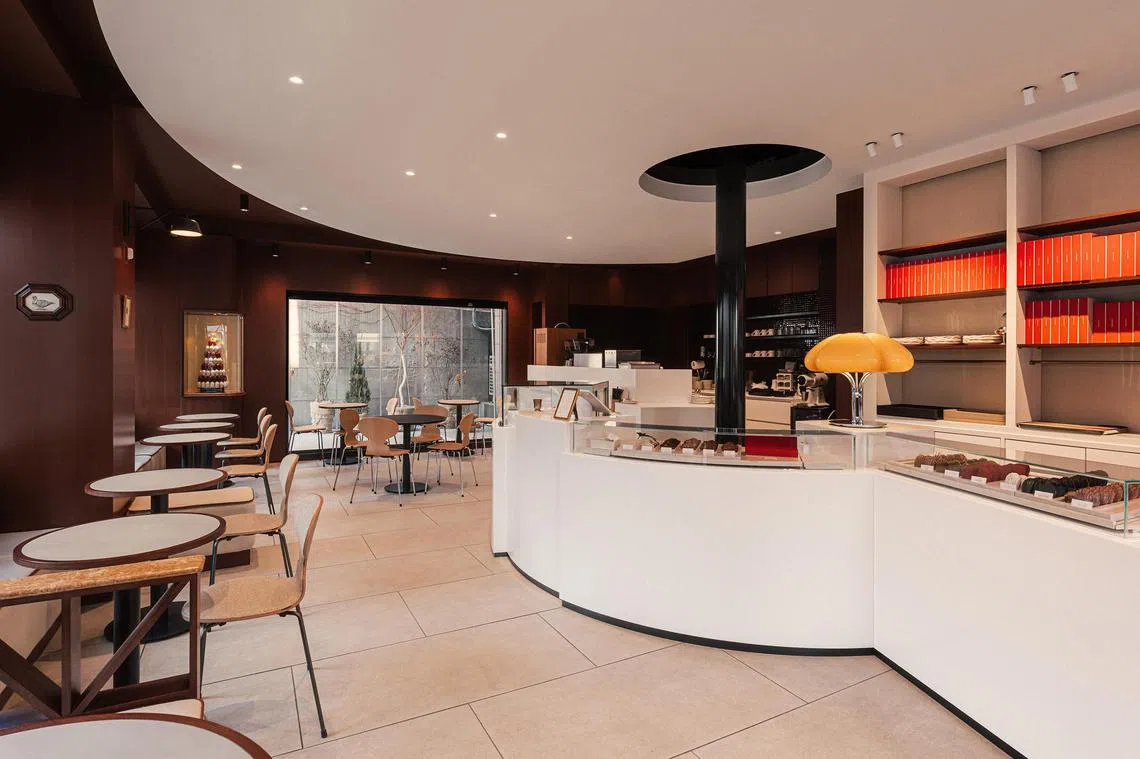
Les Mains Dorees in Sapyeong-daero is the product of Hyemin Lee’s experiences of studying in Copenhagen and Paris. Designed by South Korean interior design firm Stof, it is a cosy place finished in wood veneer, brass, wall fabric, mosaic tiles, leather and iconic Ant™ chairs designed by Arne Jacobsen for Danish brand Fritz Hansen. The cafe-bakery has leafy park views, making it an ideal neighbourhood spot to slow down with a cup of coffee, seasonal drinks and desserts, or signature bakes such as madeleines made from lemon, yuzu and vanilla.
Big Lights
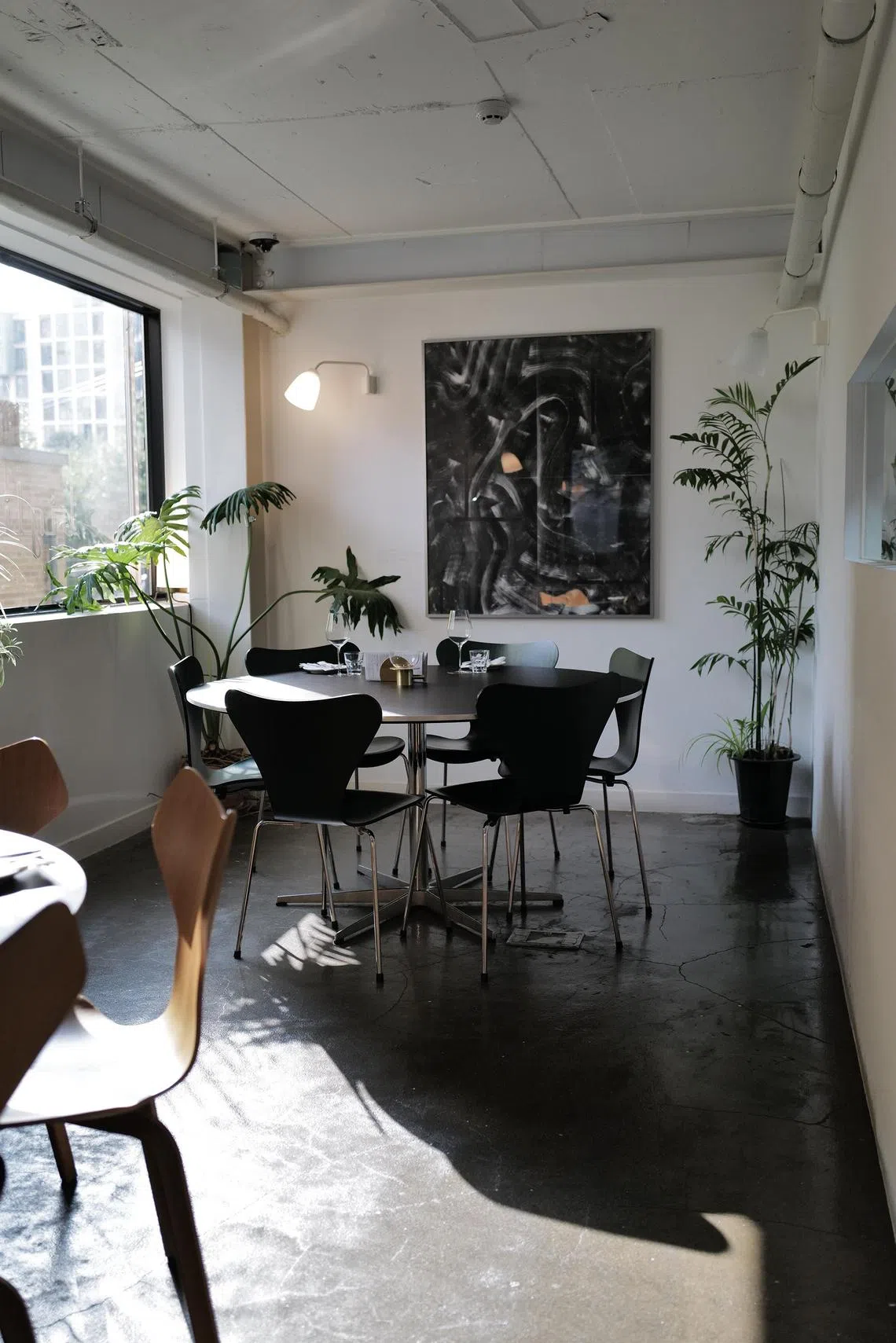
Located off the busy streets of Hannam-dong in Seoul, Big Lights is located in the Fritz Hansen Lounge – a curatorial space and gallery by the Danish furniture brand. Seoul’s first natural wine bar, the Neo-French bistro offers cuisine cooked with firewood and charcoal. If you love the wines, you can pop into Tetu next door – a cafe and natural wine shop operated by artist Guk Hwa that sells the same wines served at Big Lights.
Blue Bottle Coffee Myeongdong

Acclaimed South Korean designer Teo Yang took inspiration from the hanok in the design of the Blue Bottle Coffee store in Myeongdong. A small ceramic Blue Bottle logo made by Deok-Ho Kim and In-Hwa Lee, who are scholars of the Joseon Dynasty’s traditional white porcelain technique, becomes this Blue House’s nameplate (hyeonpan). The store’s openings are designed like hanok doors and windows. Inside is a futuristic blue space clad with metal panels.
Onground Gallery
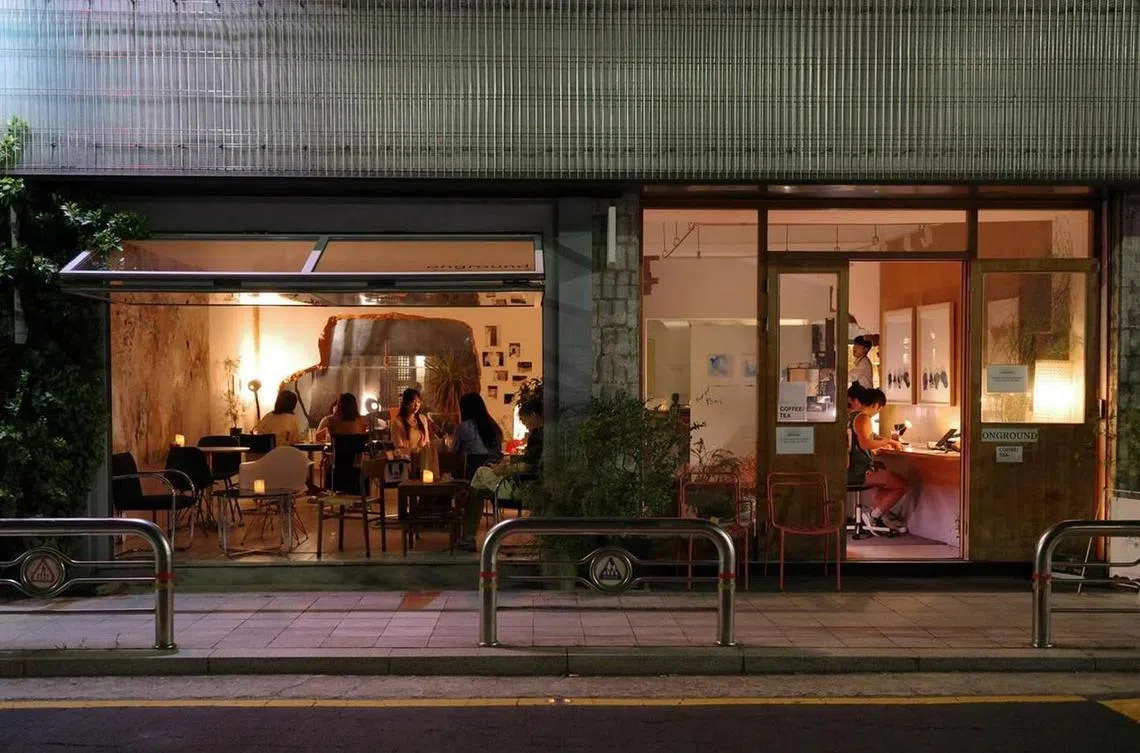
Byoung-Soo Cho is one of South Korea’s most respected architects, having created many important buildings with his firm BCHO Architects Associates. Onground Gallery comprises a cafe on the street level, a bar in the basement and Cho’s private art studio on the top floor. The building is like an encyclopaedia of furniture and lighting design, with all the iconic pieces from modern times coming together in a casual way. Architectural sketches and drawings by Cho and his team are also displayed on walls, making this a unique space.
ACR Cafe K-Square
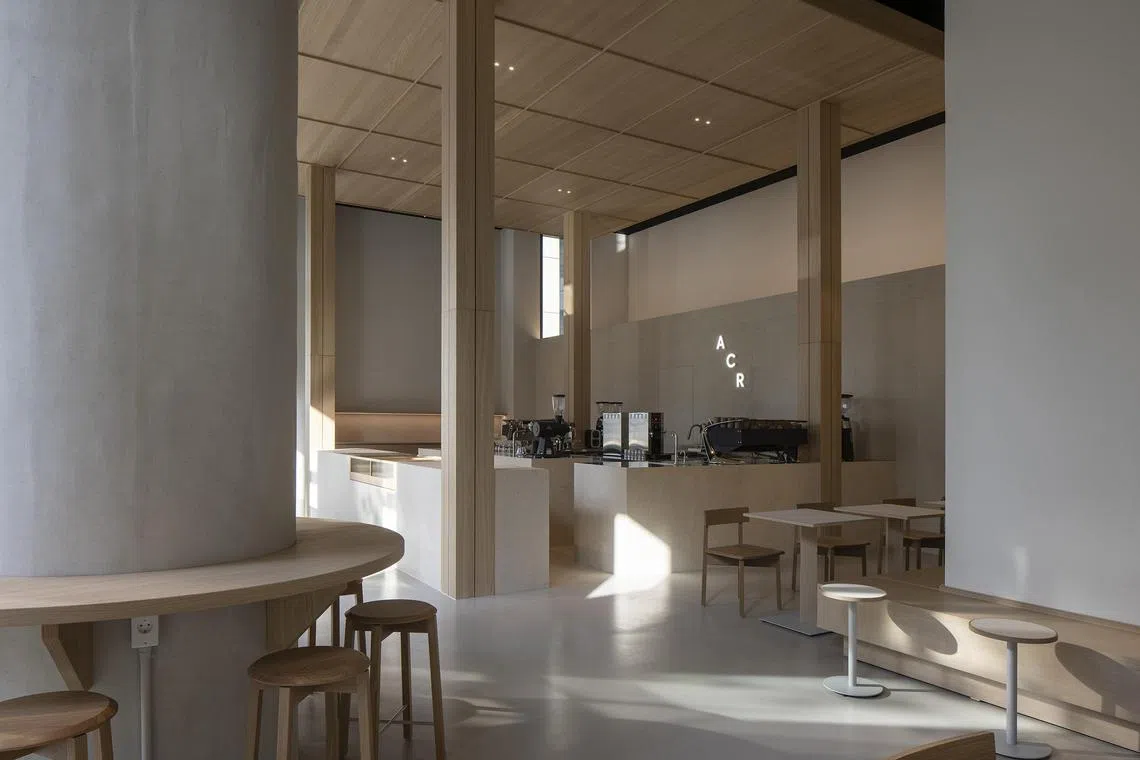
“Salad Bowl Studio is an interior design studio that focuses more on tactile sensations and comfort – those invisible elements that blend seamlessly into spaces – rather than on visual beauty achieved through lavish decorations,” describes owner Changmin Ku. This is experienced in the ACR Cafe K-Square in Gwanghwamun, which melds Scandinavian and Japanese sensibilities with blond wood, white walls and simple forms in the tall space. Ample windows light the cafe, where many window seats are perfect for people-watching.
SHOP
Polene

Popular French bag brand Polene has opened its second store in Seoul. Designed by South Korean interior design studio WGNB, it translates the malleability of leather into GRC (glassfibre-reinforced concrete) elements in both the architecture and interior design. Steel shelves, ginkgo wood furniture by cabinet maker Jungjoo Im and ceramic tables with a leather effect conceived by artist Dasol Lee emphasise the brand’s ethos. On the second floor is Photobloom – a photo booth accessorised with large leather flowers for visitors to photograph themselves in dream-like natural landscapes.
Mardi Mercredi store

Mardi Mercredi is one of South Korea’s most popular cult fashion brands today, being a choice of celebrities and fashionistas. All its stores in Seoul are designed by Studio Unravel, which was founded by Dongil Lee. His dexterous skill in designing with stainless steel finds varied expressions across all the stores. These are matched with wood and glass elements that are detailed intricately like works of art, providing an artful backdrop to the clothing.
SEE
Arario Gallery Seoul
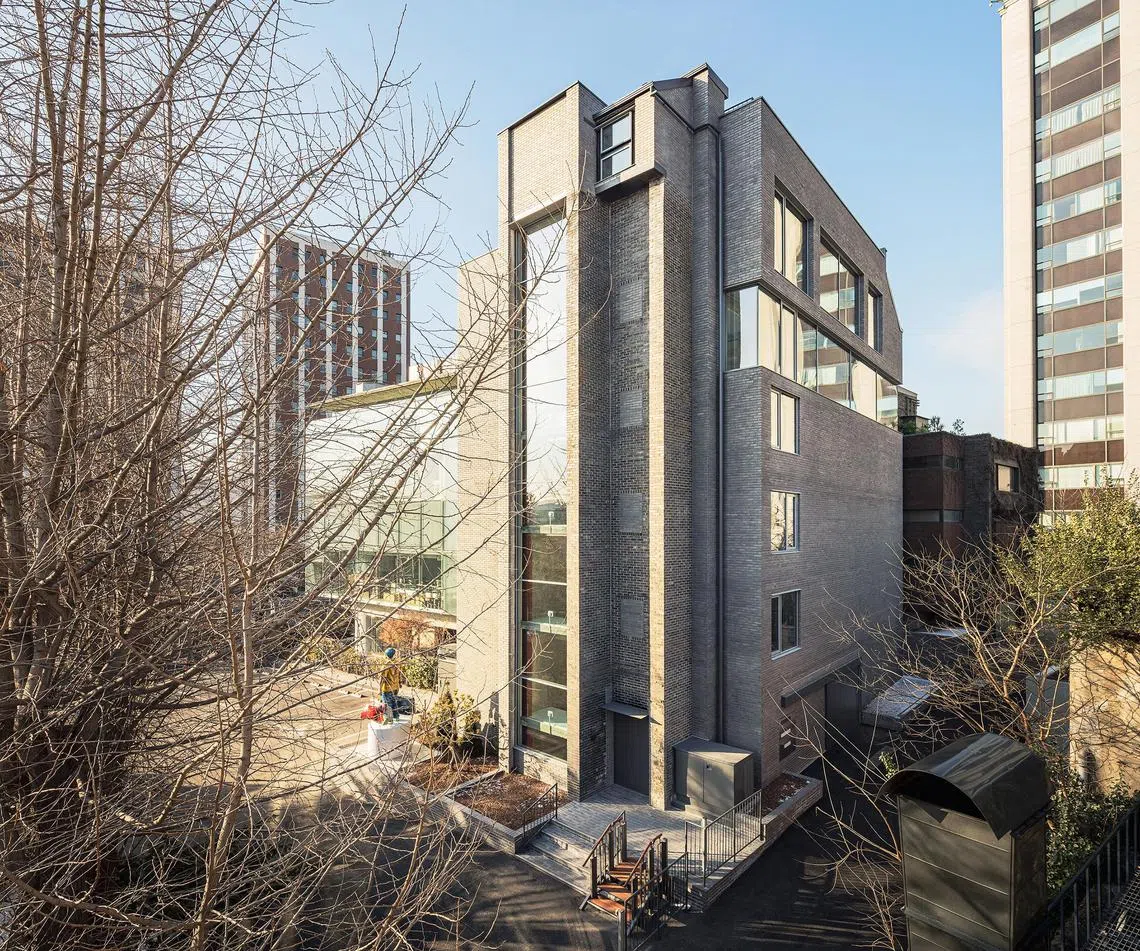
Arario Gallery is a platform for the promotion of progressive Asian artists. Japanese firm Schemata Architects was engaged to refurbish an existing building that adds to the Arario Gallery’s other two buildings on the site in Jongno-ju. These comprise a brick building designed in the 70s by architect Kim Soo-Gwen, a glass building designed by Kim’s disciple Jang Se-Yang and a preserved hanok brought to the site. Schemata Architects “deconstructed” the building’s skeleton, creating an old-meets-new dialogue with white elements and metal parts that become the “glue” bridging all these disparate parts.
Audeum
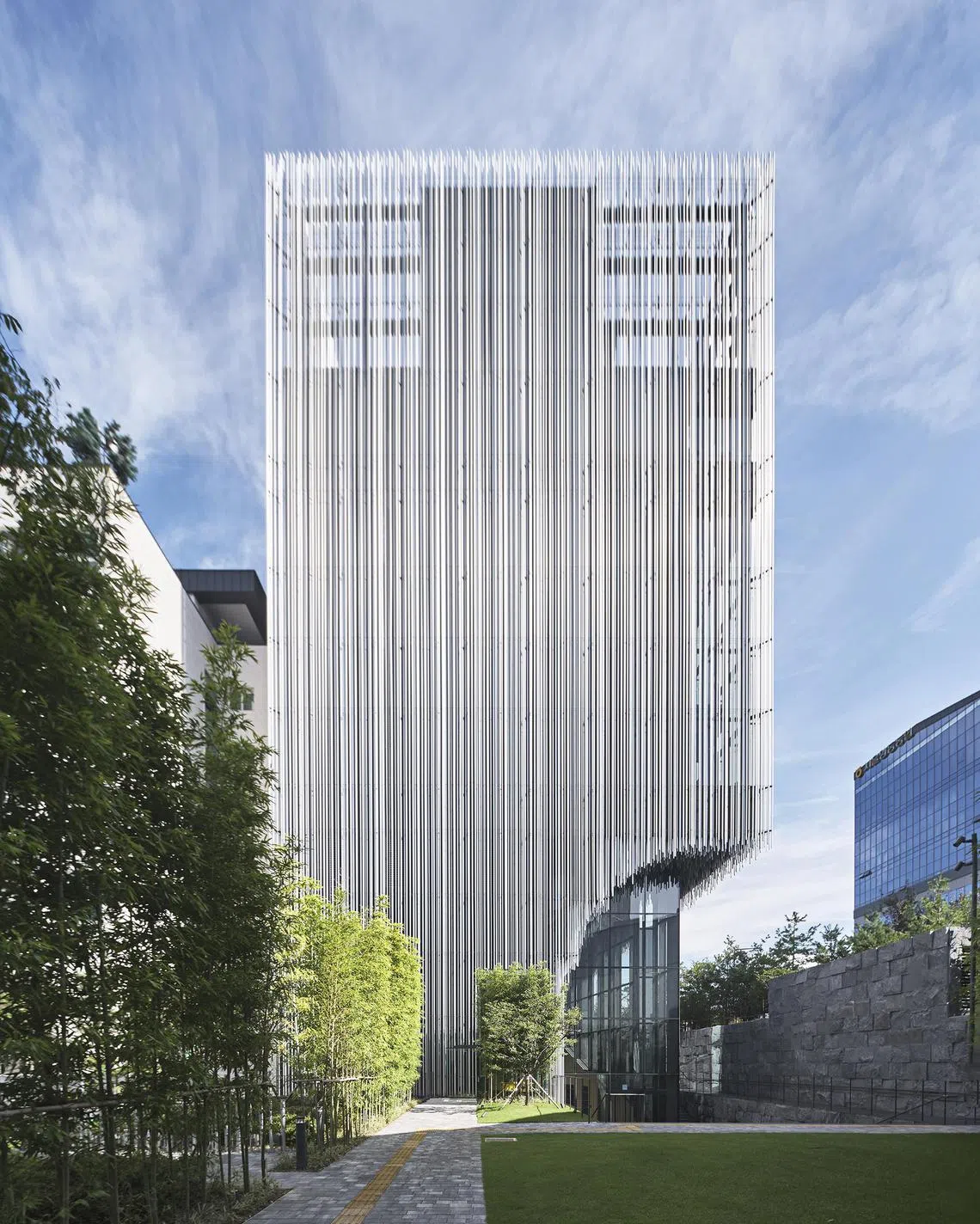
The Audeum is an audio museum that opened last year in Gangnam. The entire building was designed as an instrument that enhances visitors’ five senses. Japanese architect Kengo Kuma’s sketch for the architecture depicts a blockish volume touching the ground with lightness, akin to blades of grass bunched upside down. This translates into randomly arranged aluminium pipes bunching into a louvred façade that produces changing light and shadow effects. In contrast to the metallic shell, the interior is softened with wood that has a role in acoustic treatment of the spaces.
Decoding Asia newsletter: your guide to navigating Asia in a new global order. Sign up here to get Decoding Asia newsletter. Delivered to your inbox. Free.
Copyright SPH Media. All rights reserved.












